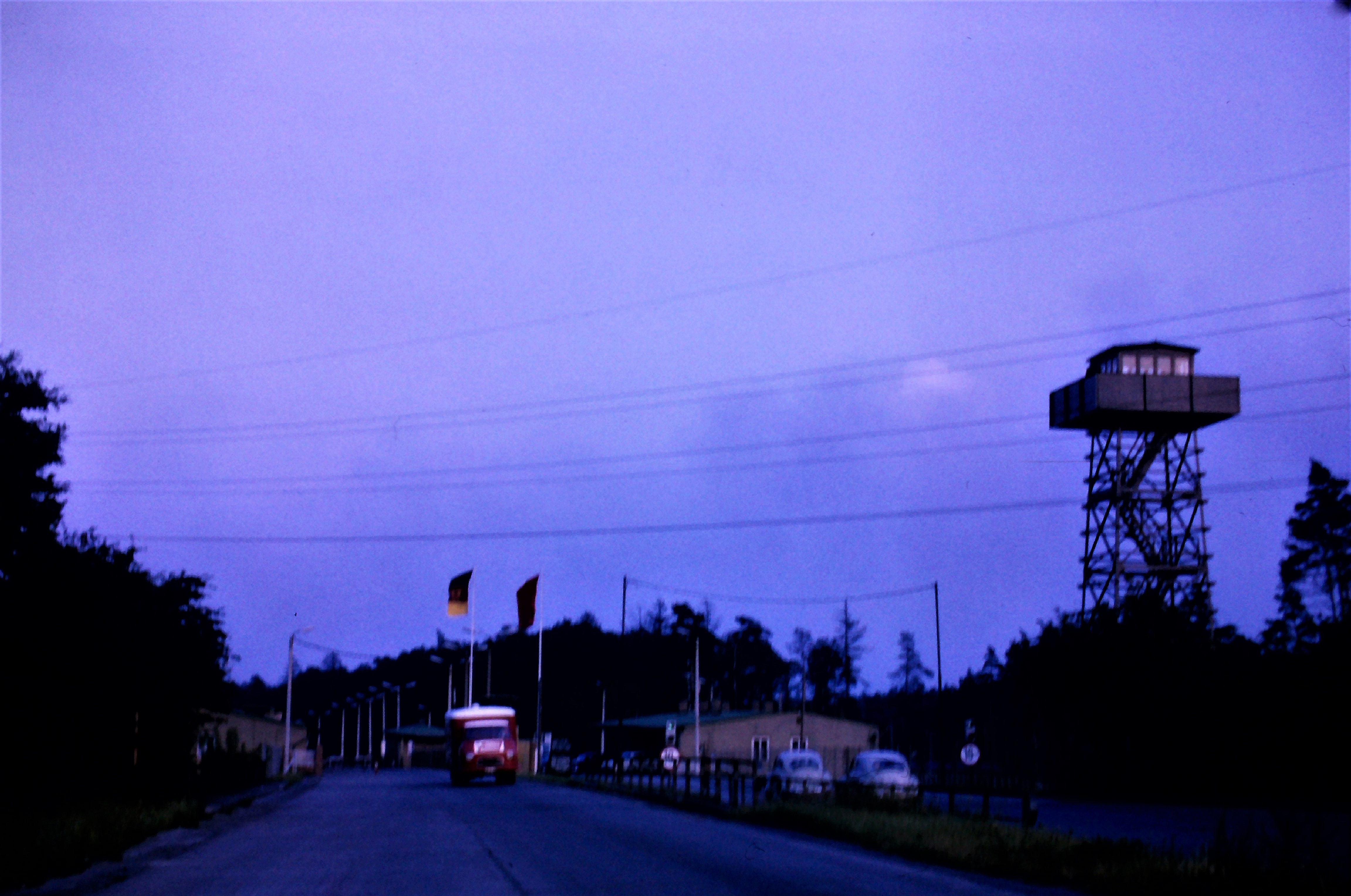Further search for the identity of the Isdal woman (II) - Jugoslavijo, dobar dan
- Published in Cold Case
Traces in the fog of one of the most mysterious murders in post-war history
The case of the Isdal woman becomes more exciting than it initially appeared, even after the newer investigations by the public prosecutor's office in Bergen in 2016.
If you look at the case of the Isdal woman from the point of distance, it becomes clear that many documents from the police investigation from those days did not find their way to the Public Record Office in Bergen. These documents seem to have been withheld until today.
The reason is elementary; the purchasers of certain items would inevitably have to return them to their rightful owners. Other documents that were found in the suitcases of the unknown deceased, however, have already been published like the unfortunate matchbox from the Beate Uhse sex shop.
Why documents disappeared is or was the case can certainly no longer be determined today.
The Norwegian military intelligence service certainly did not cover itself with glory these days.
The probability that the Isdal woman also had a stay in Hamburg is very high. The German goods could have come from the Kepa / Karstadt in Hamburg, which was within a stone's throw of the station at that time. In the assortment, the items were found at Isdal woman's luggage. Numerous prehistories and journalistic research can be found here.

PHOTO: POLITIET / STATSARKIVET I BERGEN
It is 50 years ago in fall that prosecutor Carl Halvor Aas took over the investigation on that misty November day in 1970.
An alleged suicide with 60 Fenemal pills in her stomach and carbon monoxide poisoning was ruled out. These tablets were not available in Norway. Even the investigators did not believe in suicide.
Even after the fisherman's statement, one could have doubts about the completeness of the files. This statement is now in a different context. No espionage tools such as mini cameras etc. were found in the records of the unknown dead. Nevertheless, after meeting the two southern looking gentlemen on a forest path shortly before her death, which was observed by a witness, she was seen as a spy. The code she used in her diaries was simple and somewhat naive. Shoes and deodorant from Germany immediately pointed to a female spy. Besides, all signs had been removed from her clothes.
The penguin missiles will not have played a role in this context. Even the later interrogated employee of the Israeli Mossad "Lillehammer Affair" did not know the name. Instead, the visit to the Hotel Bristol in Trondheim is more interesting - as Vera Jarle from Antwerp from November 6 to 8. Before that, she had stayed at the Hotel Neptun in Bergen from 30.10.1970 - 06.11.1970 under the name of Alexia Zarna-Merchez, born on 27.11.1943 in Ljubljana.
According to the oxygen and strontium isotope analysis of the University of Canberra, the trail also led to the then internal border area between Serbia and Croatia. On an imaginary line between Užice and Sarajevo.

PHOTO: KART FRA PROF. JURIAN HOOGEWERFF/NATIONAL CENTRE FORENSIC STUDIES/UNIVERSITY OF CANBERRA
The Isdal woman stated not only once that she was an antique dealer. This seems to be valid 50 years after the body was found in Isdal. The statement of the Italian photographer and the hotel report is available for this purpose. Apparently, she travelled again and again under false legends, but on several occasions, she also stated her profession as a decorator. She knew a lot about porcelain, the Italian photographer Giovanni Trimboli stated. Trimboli was a dubious figure who was said to have connections with the Mafia and smuggling, only long after his death it became public. Photographing him would only have been camouflage.
It was about art smuggling from the former Eastern Bloc

Border crossing point Helmstedt FRG/GDR 1969, kasaan media, 2020
East Berlin had since Aktion Licht (Action Light) in 1962, in which all the safe-deposit boxes in banks that had not been used since the war were opened by employees of the Ministry of State Security who had not reported in after the war.
The currency gorge of the GDR needed money. This "Aktion Licht" brought in more than 4 million DM at that time. Among them were countless works of art that were smuggled all over the world.
Incredibly valuable pieces (paintings, jewellery, antiques, etc.) were thus handed over to their owners in the respective countries by couriers. Only in February 1973, the KuA GmbH (Kunst und Antiquitäten GmbH) was founded in East Berlin. This company continued to operate as a "seller" via the former Yugoslavia until well into the 1980s. Years ago, a trace had already been revealed to an artist who lived at that time in Norway and in the south of France.
To a certain Kjell Varvin, to whom the trail of the Isdal woman now led, also in other contexts.

Riksarkivet (National Archives of Norway) from Oslo, Norway - Vidkun Quisling og hans kone Maria.
Probably the henchmen had found clues to the legendary art treasure of Vidkun Quisling during "Operation Light" years earlier. Quisling, whose name today still stands for the greatest shame of Norway, was the governor of the Nazis in Norway and had built up a considerable art collection together with his Russian wife since the end of the 1930s, some of which disappeared in Eastern Germany after the war.




















